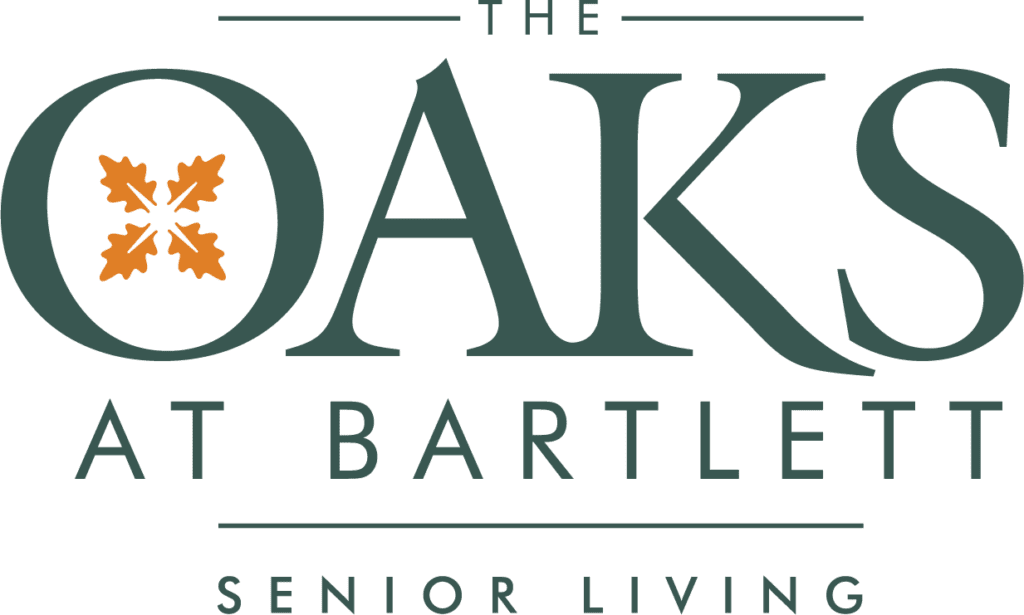What To Consider; What To Expect
Elective or non-urgent surgery, such as those for hip and knee replacement, is back on the schedule of medical centers. If you or a loved one is hospitalized for a non-urgent procedure, your medical team may recommend a stay in short-term rehab, or rehabilitation, before returning home. Rehab is part of the medical continuum to help patients recover motion, strength, and function lost due to surgery or injuries.
Plan Early
The transition from the hospital to rehab is often done quickly so it’s important to have a plan in advance for rehab. In the case of elective surgery, patients frequently learn about options, get referrals, and consider all the information before proceeding. Taking the same steps to select a rehab program and facility will ensure a quicker recovery and minimize any further damage.
Moving from Hospital to Inpatient Rehab
A discharge planner in the hospital (usually a nurse or social worker) will provide a list of appropriate rehab settings depending on the situation. Patients and their families are asked to choose which subacute or short-term rehab facility they prefer. When an open bed at any of their choices becomes available and the patient is well enough to leave the hospital, patients have the option to accept this opportunity and leave the hospital. Understanding how rehab works and which options offer a quality rehab program ahead of time will help the decision-making process.
Health Insurance
The discharge planner and rehab center of choice will assist you in verifying your health insurance to cover your stay, nursing care, and therapy costs.
Rehab Services
A team of rehab therapists works with each patient to create a recovery plan to fit his or her needs. Some patients will require services from a combination of therapists, while others may only call for one type of therapy.
- Physical therapy (PT) is designed to help patients who have problems in moving, balance, walking, and performing other physical activities. PT also can help patients learn to use prosthetic (artificial) arms or legs, shoe inserts, wheelchairs, walkers, or other assistive devices.
- Occupational therapy (OT) is focused on assisting patients to gain independence with self-care and other daily tasks, such as eating, dressing, typing, and using the telephone.
- Speech therapy is centered on helping patients who have suffered strokes, brain injuries or other conditions relearn language skills, such as talking, understanding spoken and written words, and dealing with memory problems. It also can help with swallowing problems.
There are several ways short-term rehab can add value to recovery:
Quality Recovery
The focus and goal of rehab is reconditioning to assist a patient to become independent, which requires a lot of work. A therapist or team of therapists guide patients through specially designed exercises that are developed based on their specific situation to ensure they remain active without overdoing it. Therapists will also make patients aware of their short-term and long-term limitations and the body mechanics required to recover in a safe and healthy manner.
Speed of Recovery
After a fall, injury, illness, or surgery, patients may be anxious to return to their regular daily routine. The treatment plan created by rehabilitation professionals is designed to target the specific muscles, joints, and ligaments that will improve the speed of a patient’s recovery and return them to their daily life. They will devise a program that steadily works toward accomplishing a patient’s goals while ensuring patients don’t overdo it, which could delay recovery.
Develop and Ongoing Plan for Maintenance
The reality is that age and certain injuries, surgeries, and health conditions may leave patients with long-term limitations, such as decreased range of motion. The good news is that the exercises learned during rehabilitation are often exercises that can be used at home to keep a patient’s muscles, joints, and ligaments strong and flexible. Having an ongoing health and fitness plan will help patients manage concerns related to range of motion, flexibility, and pain.
Emotional Support from Someone Who Understands
Rehab isn’t just physical; it also can be an emotional experience. Depending on the situation, patients can have a difficult time accepting limitations or become easily frustrated related to overly optimistic expectations. Feeling tired, angry, discouraged, and overwhelmed are all common feelings in rehab. Well-intentioned friends and family members may also add to the stress by giving advice or making comments about what they perceive to be a patient’s limitations or how quickly they think a patient should recover. A rehabilitation team is made up of compassionate professionals who have an in-depth understanding of each patient’s situation and can provide emotional support and encouragement.
